Due to the epidemic, many recording studios are unable to operate normally, but everyone has more and more needs for recording scenes, whether it is music production, podcast recording, post-mixing, live broadcast, self-media video dubbing, or personal dubbing, etc. If you have long-term production needs, try building your own personal recording studio at home.
According to each person’s usage scenarios and quality requirements, each device has a wide range of options, and the budget of home recording studios varies from person to person.
Jumping off the budget today, Brother Yin will briefly introduce you to the seven steps of building a home recording studio.
1. Computer equipment
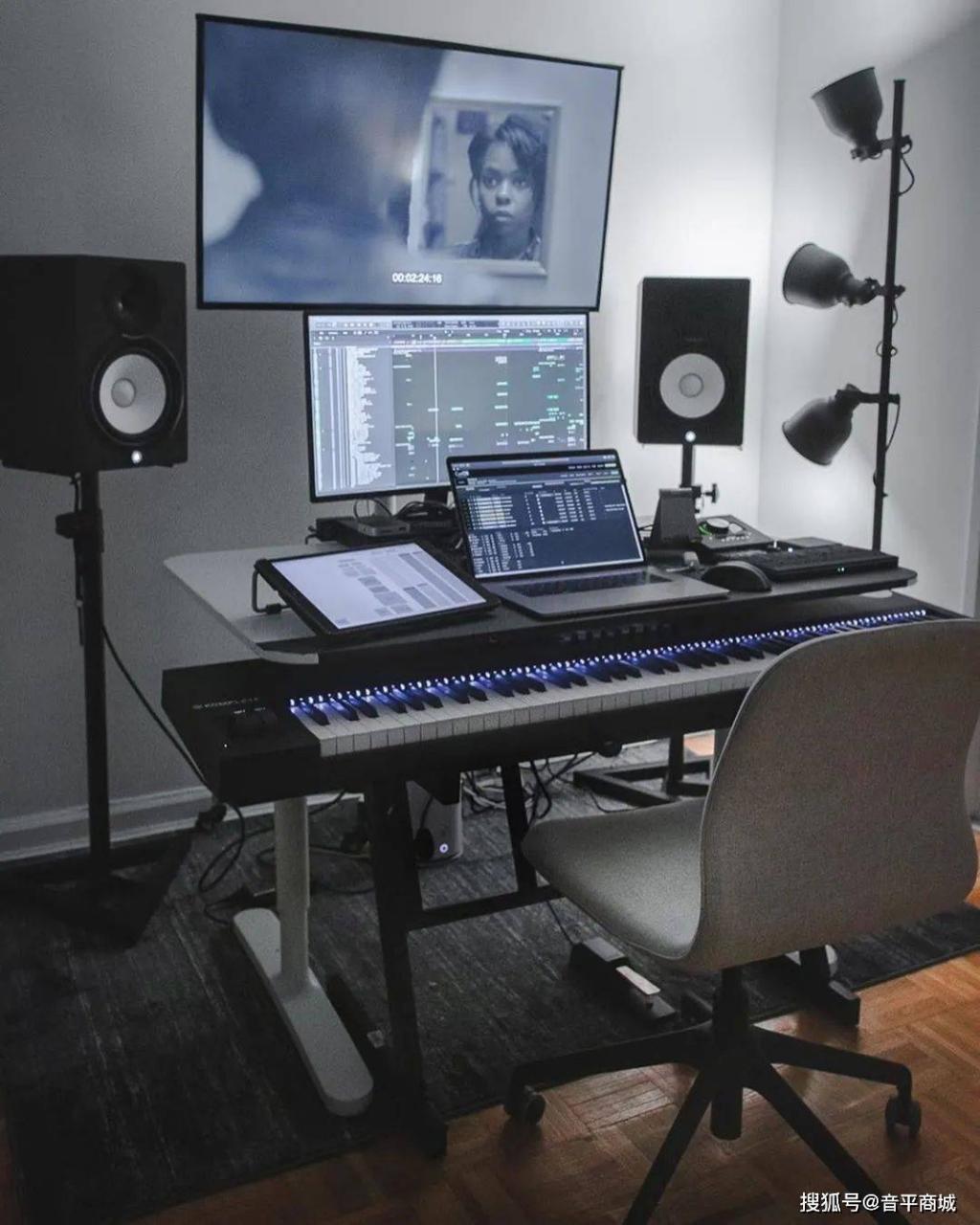
home studio recording
Of course, a computer is a must-have for human hands, and audio post-processing and material storage all depend on it. But the question is “Is that computer good enough for your home studio?”
Looking at various technical discussion posts, it is easy for everyone to fall into the entanglement of “laptop or desktop”, “between Windows and Mac OS and Linux”.
Beginners can first consider basic hardware equipment: a host with at least Intel Core i5, 8GB memory, and 125GB solid-state hard drive.
STEP1
Computer equipment choice for beginners: Good equipment can at least smoothly run DAWs – digital audio workstations and plug-in software, effectively reducing time lag during recording or mixing.
2. DAW
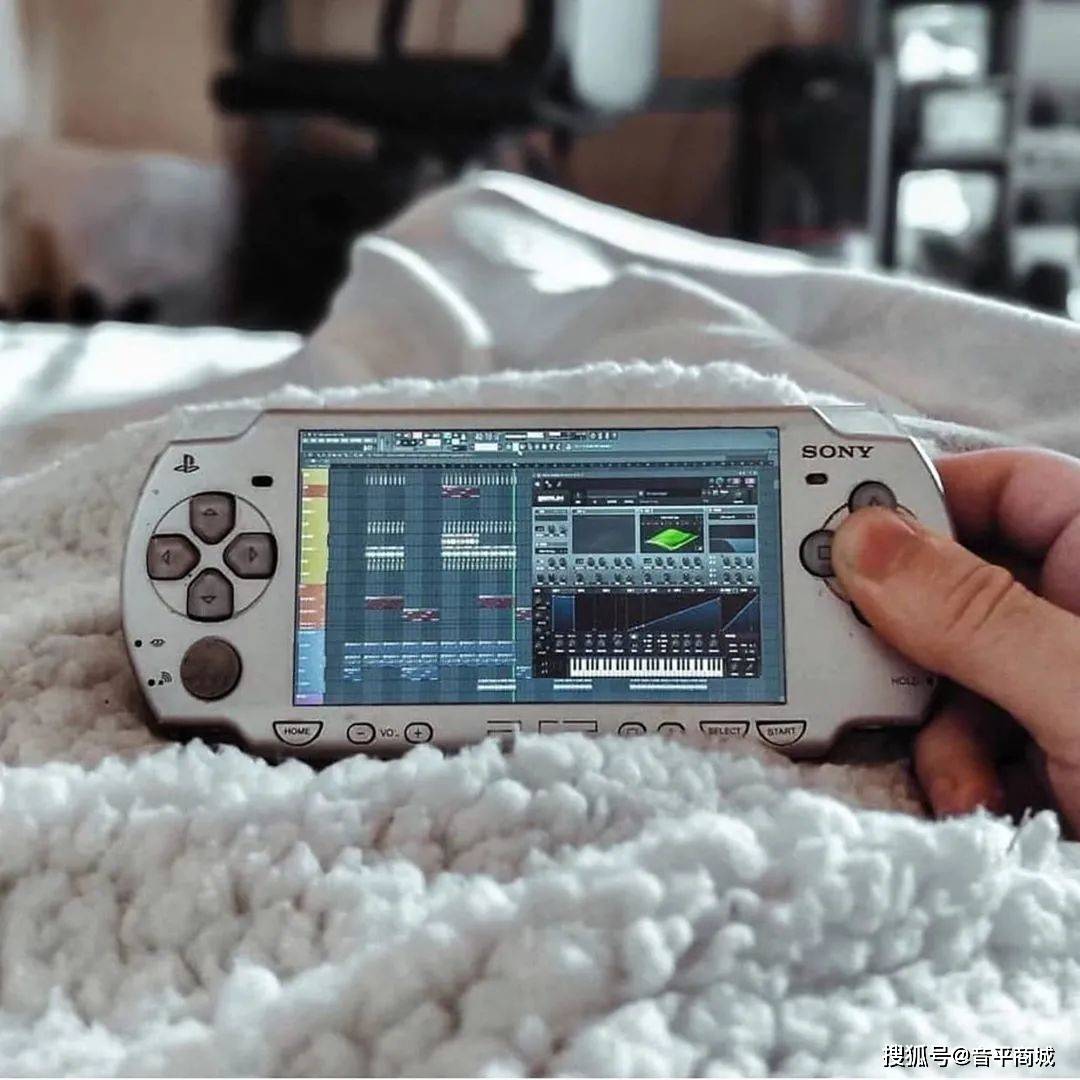
home studio recording
DAW – Digital Audio Workstation digital audio workstation, refers to various computer software that can process audio material.
Audio post-processing software is essential when sound is converted into digital information. The most common one in the early days was “Adobe Audition”, which was easy to learn and easy to use. The free DAW “GarageBand” on the Mac OS platform has always had a good reputation.
Basic software rigs to consider for beginners: Choose popular DAWs because they have large communities of assets that can provide great help for newbies.
STEP2, novice DAW equipment selection:
You can choose a few free DAWs in the early stage, and you can start making music without spending a lot of money. Later, look for a powerful and affordable DAW, which can be used across platforms.
3. Audio interface (sound card)
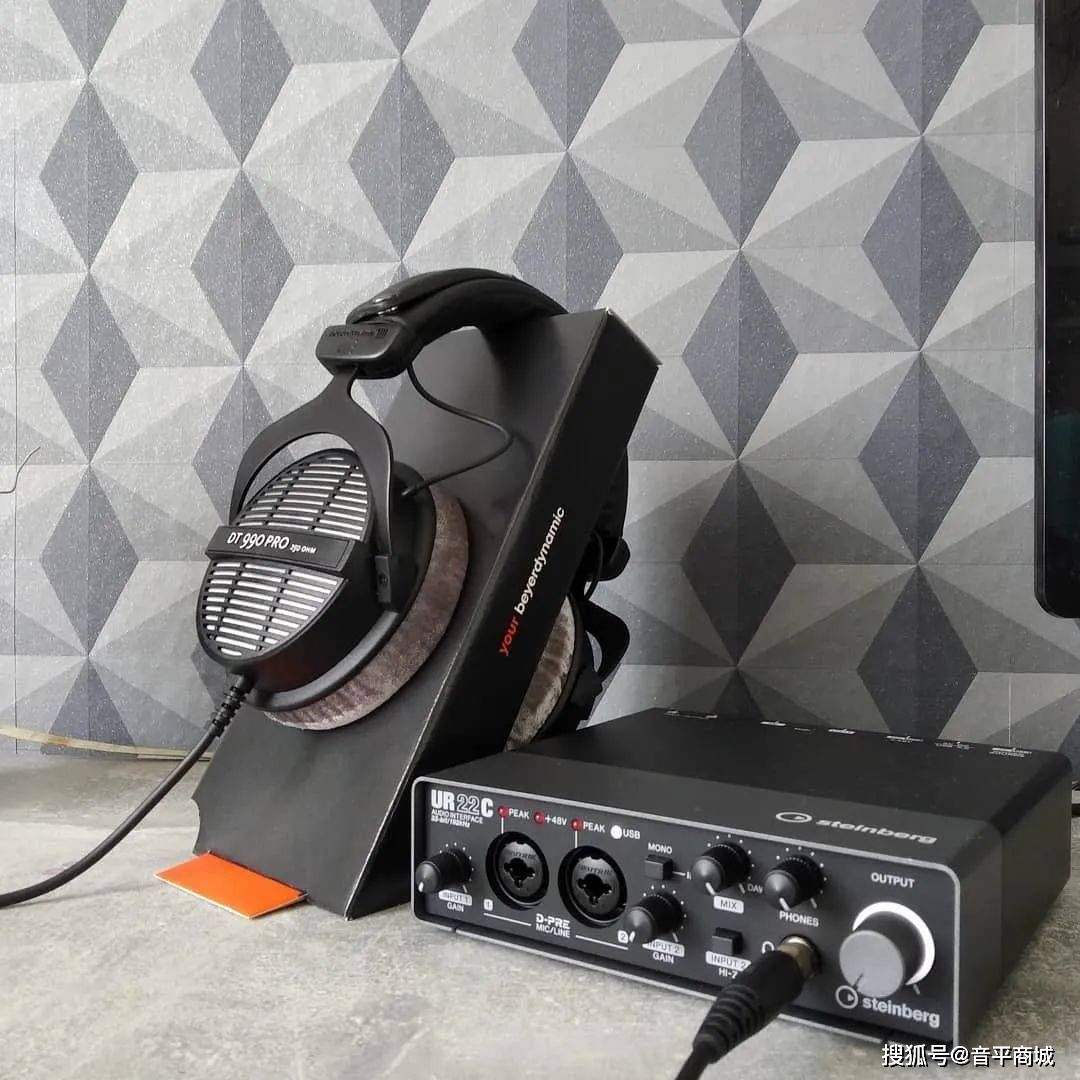
home studio recording
What is an audio interface? Short description, studio microphones, studio headphones, monitors and other equipment are connected to a computer via an audio interface.
In order to choose the most suitable audio interface, you need to know the following questions:
Do you need to record several microphones at the same time?
How many headphones do you need to connect to the sound card?
Do you need to connect the electric guitar to the sound card?
Do you need to connect a MIDI controller to a sound card?
Generally, there are sound cards that can meet the needs of small home recording studios. There are many cost-effective brands: Foxtel, Yamaha, Purui Sonar, RME, Horsehead, Apollo, etc.
The basic configuration of the sound card that can be considered in the beginner’s entry period: 2 microphone preamps, 1 monitoring earphone, 1 MIDI input/output port, and 48V power supply.
STEP3, novice sound card device selection:
The number of audio interfaces for MIDI in/out is important, it’s mostly for linking keyboard instruments or midi controllers. The 48V power supply is mainly suitable for condenser microphones.
4. Studio microphone
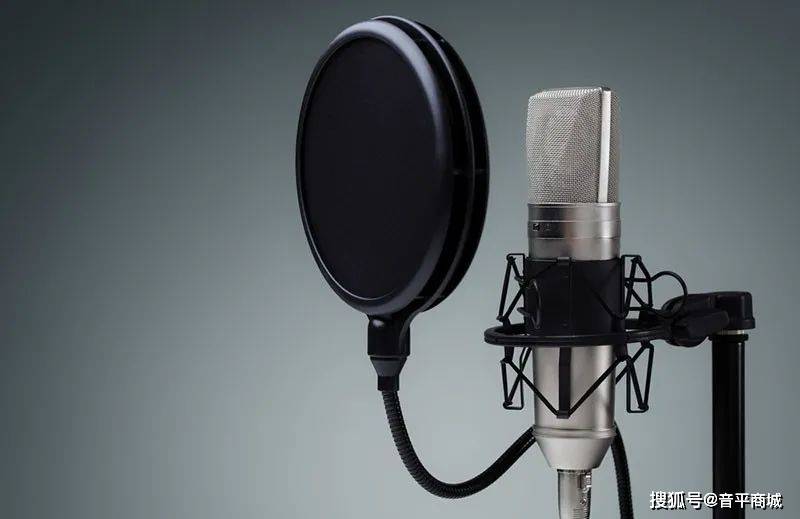
home studio recording
If you want to improve the sound quality of your recordings, you should get a high-quality studio microphone.
There are three types of recording microphones:
1. Dynamic microphone:
Dynamic microphones are affordable and can be used for a variety of purposes, including recording vocals and instruments. They are not as sensitive as condenser microphones, and as a result, they are better at reducing background noise.
2. Condenser microphone:
Condenser microphones are very popular in recording studios. This is a great device for recording vocals and instruments. They are very sensitive and require 48V phantom power. High-quality sound is better than dynamic microphones, but they are more affected by temperature and humidity and require careful maintenance.
3. Ribbon Microphone:
Ribbon microphones are expensive and are a good choice for recording instruments such as acoustic guitars and drums.
The basic configuration of the microphone that beginners can consider first: A high-quality dynamic microphone: durable, versatile and can reduce background noise when recording.
Further reading: What types of microphones are there? Dynamic microphone and capacitor microphone, how to choose?
STEP4, novice microphone equipment selection:
Few people have only one microphone, and it is easy to evolve into: left-hand capacitor and right-hand manual coil, and there is also a usb portable microphone on the desktop.
5. Monitor headphones
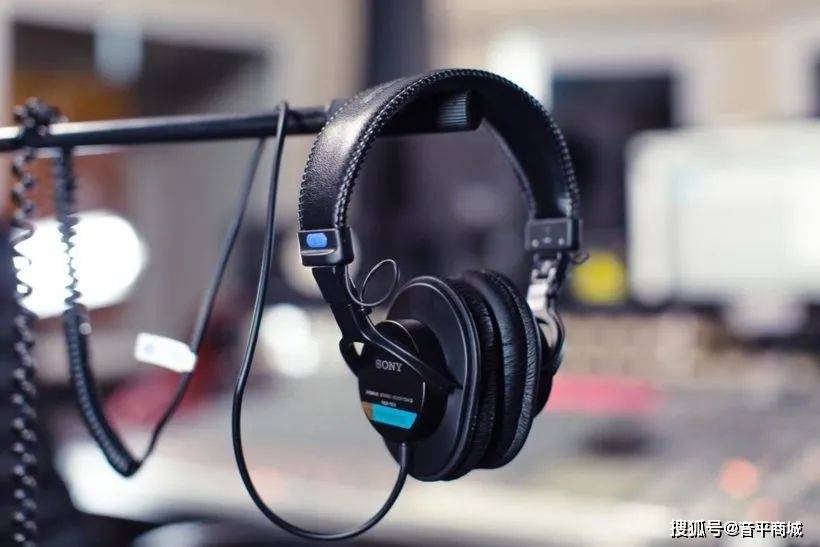
home studio recording
If you need to use studio headphones to record vocals, monitor and mix.
There are two main types of studio headphones, closed-back headphones and open-back headphones.
1. Closed-back headphones: Best for sound recording and monitoring, they are designed to isolate you from outside sounds.
2. Open Headphones: Suitable for mixing. They offer a more “open” sound than closed-back headphones, helping you feel real when mixing.
The basic configuration of monitoring headphones that can be considered first in the entry-level period for beginners: You can first have a closed-back monitoring headphone: focus on the sound itself, and then consider the post-mixing effect.
STEP5. Selection of monitoring headphone equipment for beginners: Generally, closed-type headphones are more suitable for studio headphones used for recording and mixing in closed rooms.
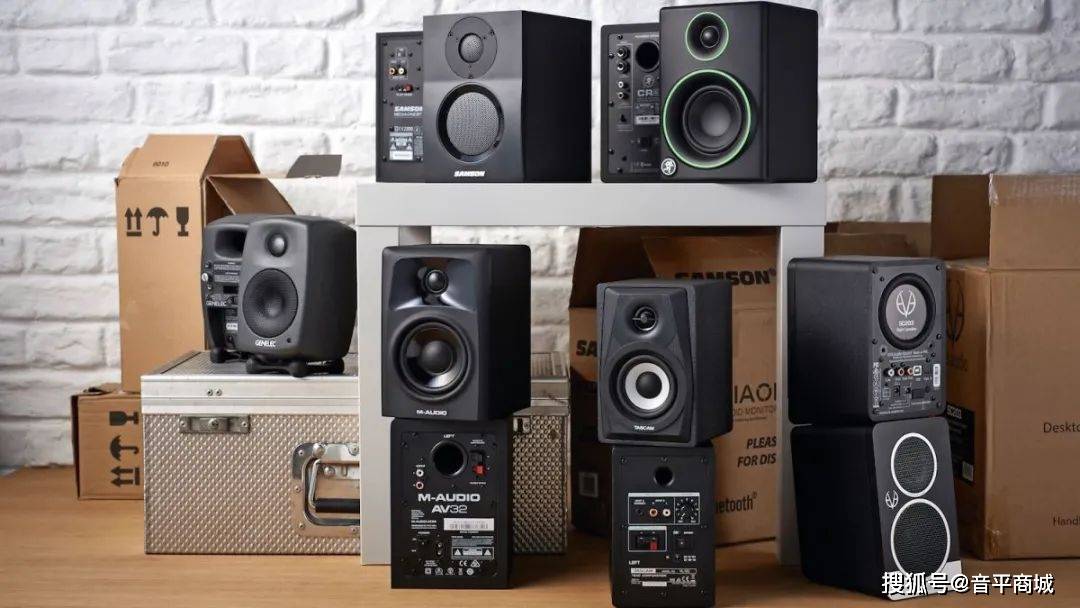
home studio recording
Unlike ordinary speakers you usually see, which are designed for music listeners, studio monitors are designed for music producers, recording people.
Regular speakers produce pleasant sounds (distorted sounds) for your ears, such as increased bass or treble.
The sound from the monitors is as clean and accurate as possible.
The basic configuration of monitor speakers that can be considered first for beginners: Note that monitor speakers are essential. They can help you produce a balanced soundtrack.
STEP6, novice monitor speaker equipment selection:
There are many types of monitor speakers, and the functions of different price points are quite different. It depends on personal budget and brand preference.
7. Midi controller (optional)
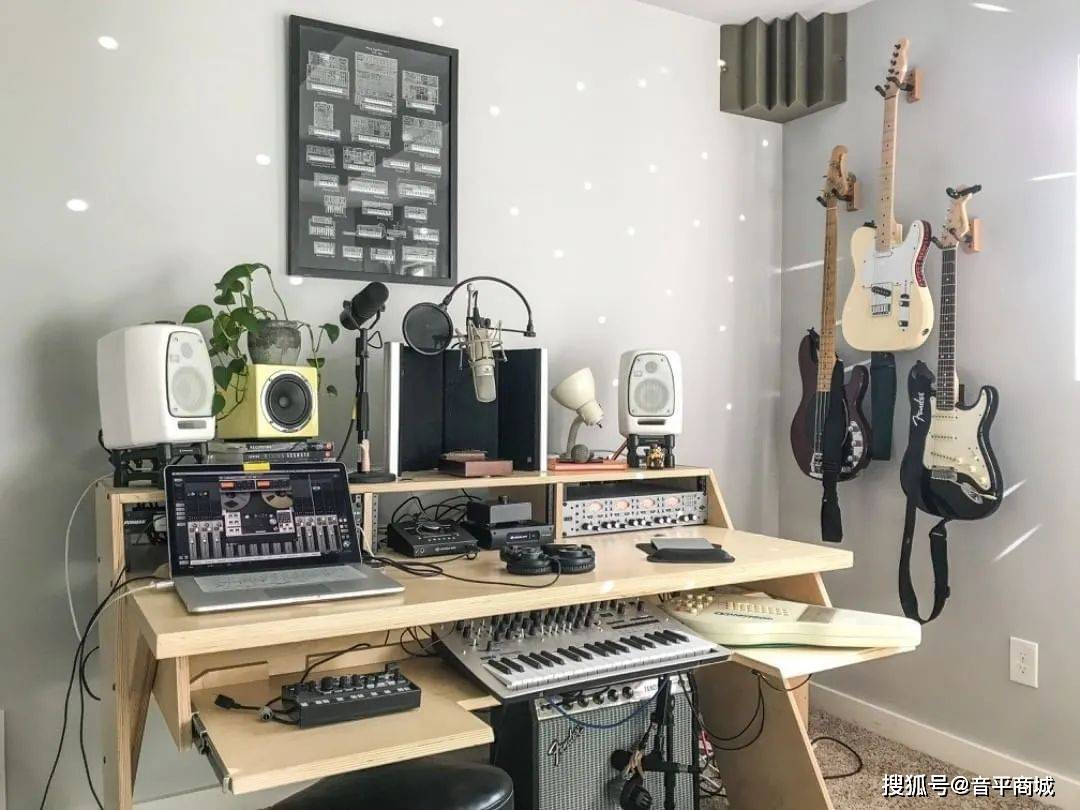
home studio recording
If you need to play a keyboard or want to be a music producer, you might want to buy a Midi controller. Two basic things to consider when buying a Midi controller are the number of keyboards and keyboard weight.
1. Number of keyboards: The number of keyboards depends on your music style, if you use blue, jazz, pop music, you need at least 61 keys; if you use electronic music (such as EDM, dance, hip-hop, rap), then 49 keys are BEST or even 25 keys will do.
2. Keyboard weight:
Full weights require more force than half weights and are ideal for piano players.
Semi-weighted for those who play the keyboard
STEP7, Midi controller equipment selection for novice: It is not necessary to choose this, depending on personal needs, remember to adjust the number of interfaces of the sound card.

